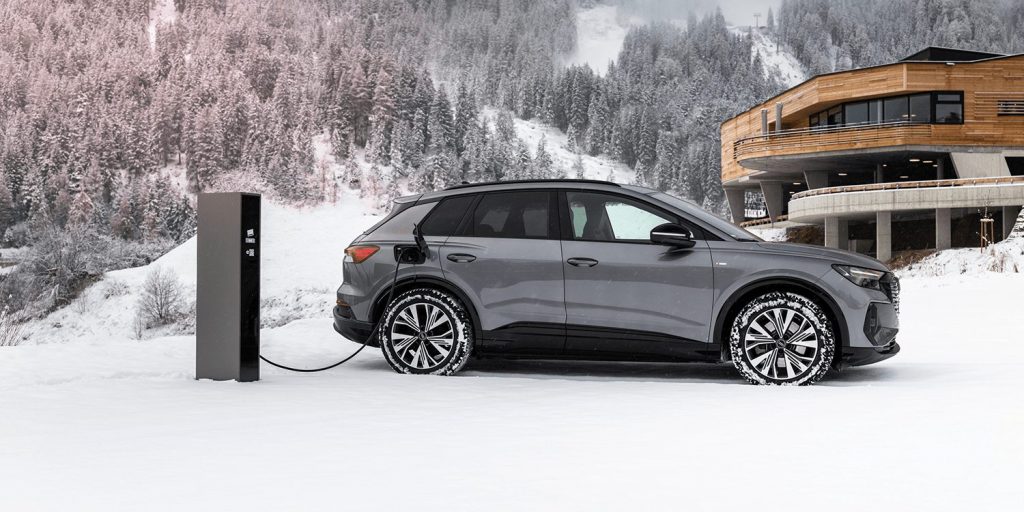Electric cars have lower driving ranges when temperatures drop below freezing. The anodes inside lithium-ion battery cells become sluggish, storing less charge and discharging energy more quickly.
Scientists have replaced the standard graphite anode in a lithium-ion battery with a lumpy carbon-based material that maintains its rechargeable storage capacity down to -31°F/-35°C, according to a study published in ACS Central Science. When temperatures drop below freezing, however, these energy sources’ electrical effectiveness suffers. In extreme cases, they may unable to transfer any charge. It’s why some people in cold climates have problems driving their electric cars in the dead of winter.

Lithium-ion Batteries’s Cold Weather Performance Will Improve
Scientists have discovered the flat orientation of graphite in the anode. It causes lithium-ion batteries’ energy storage capacity to diminish in the cold. Xi Wang, Jiannian Yao, and colleagues modified the surface structure of a carbon-based material. It enhances the anode’s charge transfer process.
The researchers heated a cobalt-containing zeolite imidazolate framework (known as ZIF-67) to high temperatures to develop the novel material. The rough surfaces of the resulting 12-sided carbon nanospheres displayed good electrical charge transport capabilities.
The scientists then put the material through its paces as an anode in a coin-shaped battery with lithium metal as the cathode. At temperatures ranging from 77°F to -4°F/25°C -20°C, the anode showed steady charging and discharging and maintained 85.9% of its room temperature energy storage capacity slightly below freezing.
Graphite And Carbon Nanotubes
At freezing temperatures, lithium-ion batteries constructed using different carbon-based anodes, such as graphite and carbon nanotubes, held essentially no charge.
The anode built with rough nanospheres was still rechargeable after the researchers decreased the air temperature to -31°F/-35°C, and upon discharge, it released approximately 100 percent of the charge put into the battery. Incorporating the rough nanosphere material into lithium-ion batteries could allow these energy sources to be used at extremely low temperatures.
